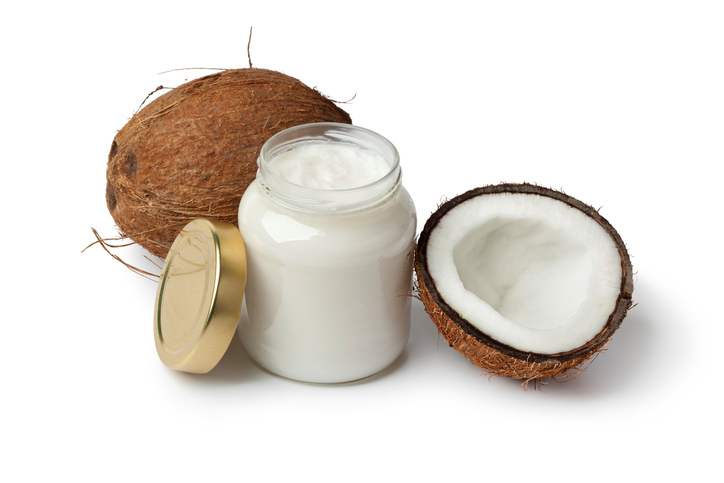Natural Remedies for Your Menopause Symptoms
Vaginal Yeast Infections: Natural Relief
Vaginal yeast infections strike 75 percent of all women at some point in their lives. Chances are you know only too well what it feels like: itching… burning… pain… odor… discharge.
Fortunately, there are natural remedies to deal with the symptoms and also get at the root cause.

Vaginal yeast infections occur when the fungus Candida albicans grows out of control. Candida is a natural part of a healthy balanced microbiome. You need it for healthy digestion.
But the delicate balance of good and bad bacteria and yeast in your microbiome can be disrupted when candida grows out of control. That can happen for several reasons.
One is when you take a course of antibiotics which wipe out all bacteria, good and bad. It also happens frequently in perimenopause and menopause because of hormonal imbalances. And taking hormone replacement therapy can also trigger an episode.
Other risk factors include a compromised immune system, diabetes, and taking birth control pills.
Natural Relief For Vaginal Yeast Infections
Here are a few natural remedies to help avoid and relieve vaginal yeast infections:
1. Stop feeding the beast.
Eating too much sugar and refined carbs feeds bad bacteria like candida in your gut. The first step to starving candida is to follow a diet low in sugar and processed carbs.
2. Eat fermented foods.
Fermented foods contain probiotics or “good bacteria” that boost the immune system and also fight the candida yeast. Look for dairy products like unsweetened yogurt or kefir containing lactobacillus or acidophilus bacteria. Another good source of probiotics is kombucha.

3. Destroy candida with coconut oil.
Coconut oil is a natural anti-fungal. They rip open the membranes of the Candida albicans cells. One animal study showed adding coconut oil to the diet destroyed 90 percent of the candida infection within just seven days.i Another study even found coconut oil to be more effective than the drug fluconazole.
Add two to three tablespoons of coconut oil to your diet every day. Look for virgin, unrefined coconut oil. For most recipes, just add an equal amount of coconut oil in place of butter, margarine, or other oils.
You can also use coconut oil topically. Clean and dry the affected area then apply a thin layer of coconut oil to the affected skin. Repeat this two to three times a day until the yeast infection is gone.
Click here for more on menopause symptoms.
Sources:
Gunsalus KTW, Tornberg-Belanger SN, Matthan NR, et al. “Manipulation of host diet to reduce gastrointestinal colonization by the opportunistic pathogen Candida albicans.” mSphere 2015;1(1):e00020-15.
Ogbolu, D.O., et. al. “In vitro antimicrobial properties of coconut oil on Candida species in Ibadan, Nigeria.” Journal of Medicinal Food 2007; Volume 10: 384-387, No. 2.





